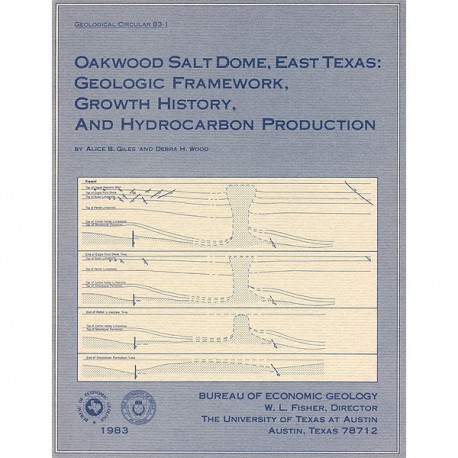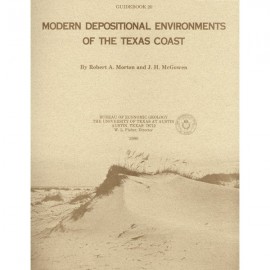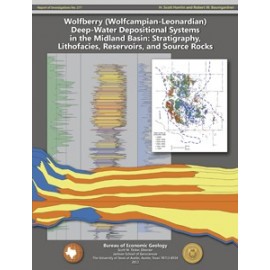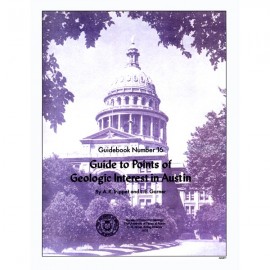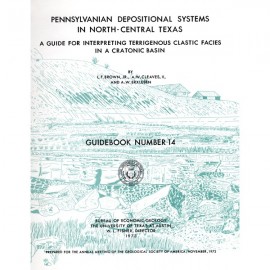Geological Circulars
-
Books & Reports
- Reports of Investigations
- Guidebooks
- Udden Series
- Geological Circulars
- Down To Earth
- Atlases of Major Oil and Gas Reservoirs
- Texas Memorial Museum Publications
- Environmental Geologic Atlas of the Texas Coastal Zone
- Mineral Resource Circulars
- Other Reports
- Seminars and Workshops
- Handbooks
- Submerged Lands of Texas
- Symposia
- Annual Reports
- Open File Reports
-
Maps & Cross Sections
- Thematic Maps
- Miscellaneous Maps, Charts & Sections
- Geologic Atlas of Texas
- STATEMAP Project Maps
- Geologic Quadrangle Maps
- Cross Sections
- Highway Geology Map
- Energy and Mineral Resource Maps
- Shoreline Change and Other Posters
- Wilcox Group, East Texas, Geological / Hydrological Folios
- Bouguer Gravity Atlas of Texas
- River Basin Regional Studies
- Featured Maps
- Posters
- Teachers & the Public
-
Geological Society Publications
- Gulf Coast Association of Geological Societies
- Alabama Geological Society
- Austin Geological Society
- Corpus Christi Geological Society
- Houston Geological Society
- Lafayette Geological Society
- Mississippi Geological Society
- New Orleans Geological Society
- South Texas Geological Society
- GCS SEPM Publications
- Historic BEG & UT Series
Oakwood Salt Dome, East Texas: Geologic Framework, Growth History, and Hydrocarbon Production
GC8301
A free, digital version of this publication can be found on: Texas ScholarWorks
GC8301. Oakwood Salt Dome, East Texas: Geologic Framework, Growth History, and Hydrocarbon Production, by A. B. Giles and D. H. Wood. 55 p., 31 figs., 7 tables, 1 appendix, 1983. ISSN:0082-3309. Print.
To purchase this publication as a PDF download, please order GC8301D.
ABSTRACT
The top of mushroom-shaped Oakwood salt dome is approximately 210 m (700 ft) beneath the boundary of Freestone and Leon Counties near the southwestern end of the East Texas Basin, The dome is surrounded by Jurassic, Cretaceous, and lower Tertiary marine and nonrnarine strata. A salt pillow initially formed in Late Jurassic “Smackover” time, when faulting contributed to uneven sediment loading of the Louann Salt. The dome began to grow vertically into a diapiric configuration during the deposition of Upper Jurassic - Lower Cretaceous clastics (Bossier - Travis Peak Formations) and probably remained near the depositional surface during most of its growth, The estimated average vertical rise of the top of salt at Oakwood salt dome shows a general decrease over time, from approximately 0.07 mm/yr 9230 ft/m.y.) during Early Cretaceous time to 0.002 mm/yr (5 ft/m.y.) since early Tertiary (Reklaw) time. Hydrocarbons are produced from Woodbine sediments beneath the dome’s overhang.
Keywords: salt domes, Oakwood Dome, Freestone County, Leon County, Texas
Citation
Giles, A. B., and Wood, D. H., 1983, Oakwood Salt Dome, East Texas: Geologic Framework, Growth History, and Hydrocarbon Production: The University of Texas at Austin, Bureau of Economic Geology, Geological Circular 83-1, 55 p.
